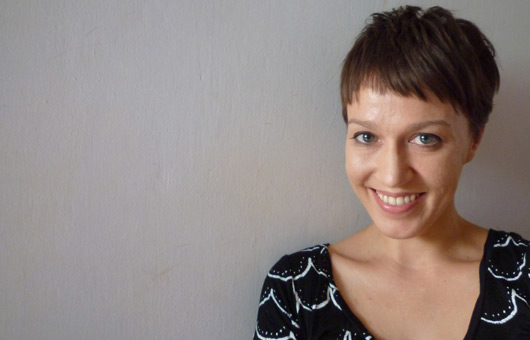A new home in Singapore, and a role at emerging architecture and design publisher anb editions has seen Australian design writer Narelle Yabuka carve a niche for herself, and the publishing market, in producing specialist design books.
After studying architecture at the University of Western Australia, Narelle realised her passion lay with interior spaces, and so went on to complete the interior architecture course at Curtin University, before launching her career as a design writer.
“I never thought I’d work in the media,” she says, “but doing so has been a humbling experience. There’s a great responsibility associated with uncovering and distilling useful information, and then shaping it for the appropriate audience.”


Having worked as a freelance writer for a number of high-profile design magazines Narelle also worked with Page One Publishing subediting Ish magazine, and a series of architecture and design books including the design of houses, apartments, shops, and bars and restaurants.
Speaking about anb editions’ latest title, Cardboard Book – released late last year – Narelle says that while design blogs and online magazines have helped spread the understanding and enjoyment of design, the book industry has responded by delving even deeper into intimate perspectives on new trends, producing engaging content in much shorter timeframes.

Toy Folder by Rodrigo Solórzano (London, UK). Photo courtesy of Rodrigo Solórzano.
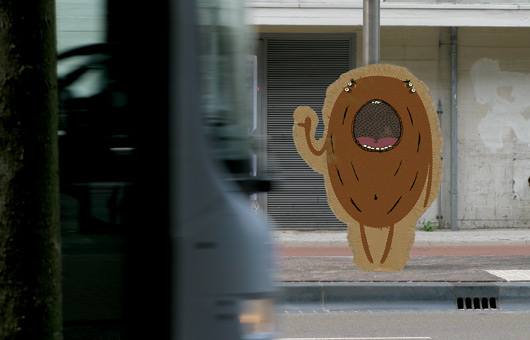
Cardboard (animation still) by Sjors Vervoort (Eindhoven, The Netherlands). Photo by Sjors Vervoort.

Cardboard Office for Elegangz (Paris, France) by Paul Coudamy. Photo by Benjamin Boccas.
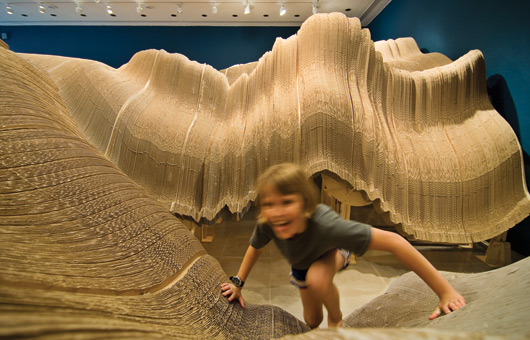
Rip Curl Canyon (Houston, USA) by Ball-Nogues Studio. Photo by Nash Baker.
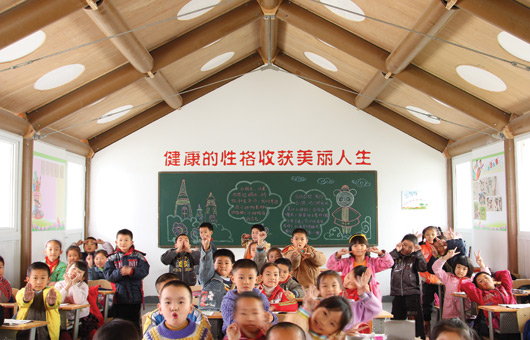
Hualin Temporary Elementary School (Chengdu, China) by Shigeru Ban and Hironori Matsubara Laboratory (Keio University). Photo by Li Jun.
Featuring projects from all over the world, Cardboard Book taps into the zeitgeist of sustainable design, showcasing innumerable ways the lightweight, cost-effective and versatile material has been used recently by creatives.

Paper Bridge (Remoulin, France) by Shigeru Ban Architects. Photo by Didier Boy de la Tour.
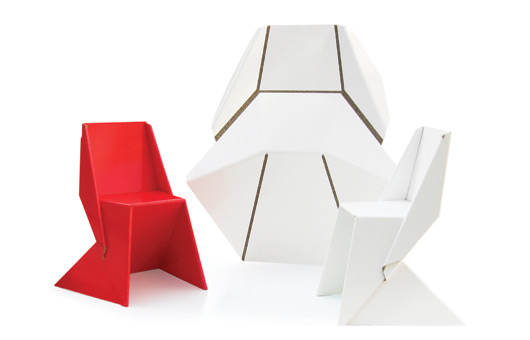
Papton Chair by Fuchs+Funke Industrial Design (Berlin, Germany). Photos courtesy of Fuchs+Funke Industrial Design.

Recompute by Brenden Macaluso (Montoroso Design) (Houston, USA). Photo by Trent Veazey.
And with translations into French and Spanish currently underway, Narelle says it is not just design professionals who are enjoying its content.
“A lot of designers and artists have been working with cardboard,” she says. “What’s really striking about cardboard projects, though, is the number of ways the material can be manipulated. It’s excellent fodder for creative professionals, but it’s also a material that non-designers can easily explore – that crossover potential drove the scope, design, and language of Cardboard Book.”
You can win a copy of Narelle’s book here.
an/b editions
anb-editions.com

